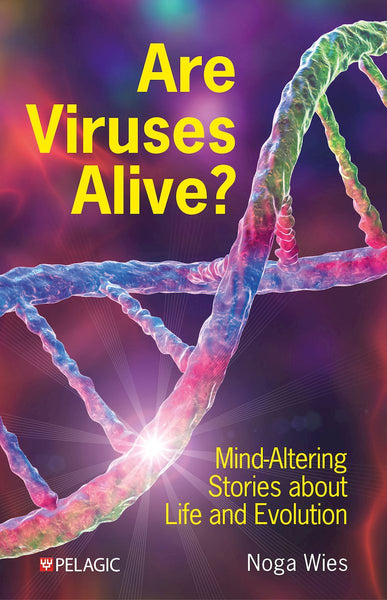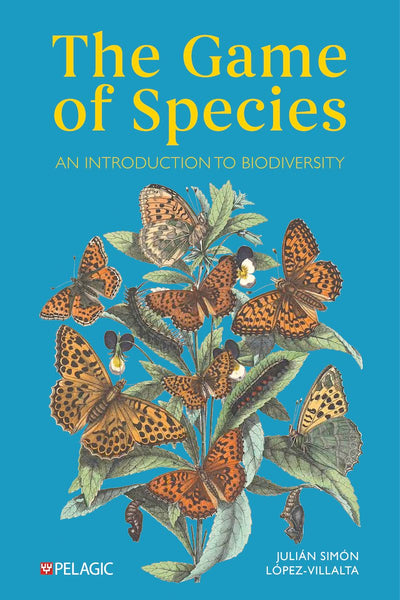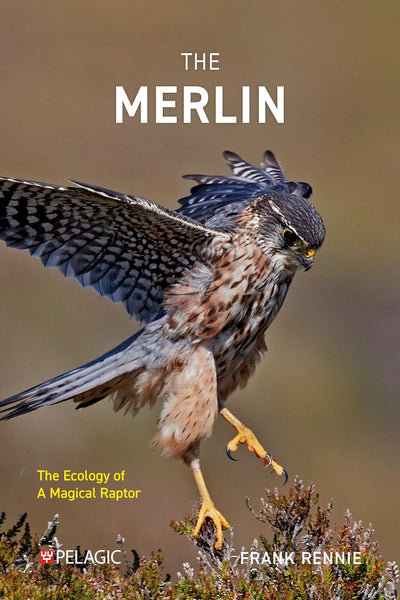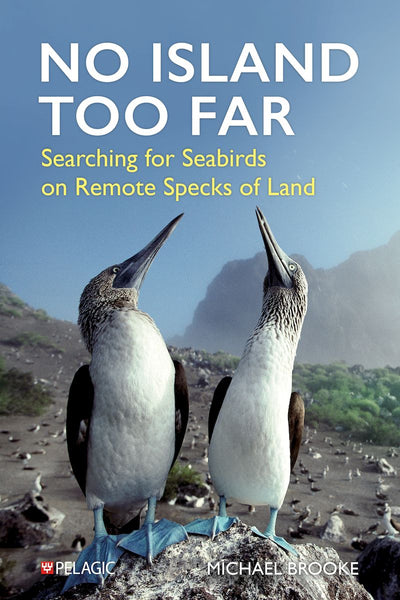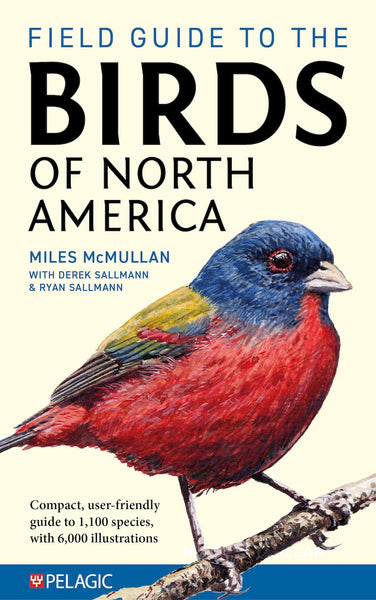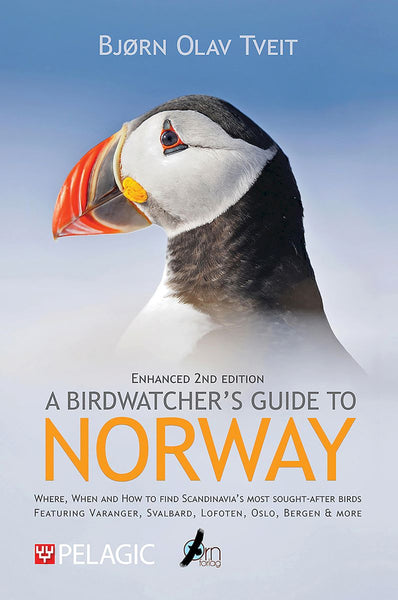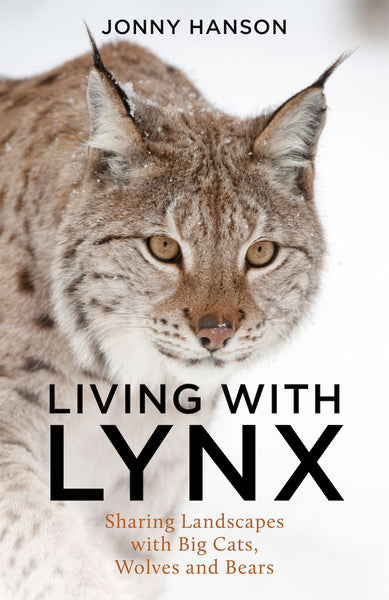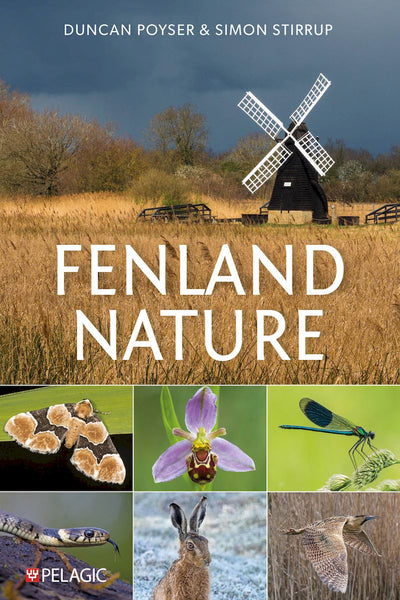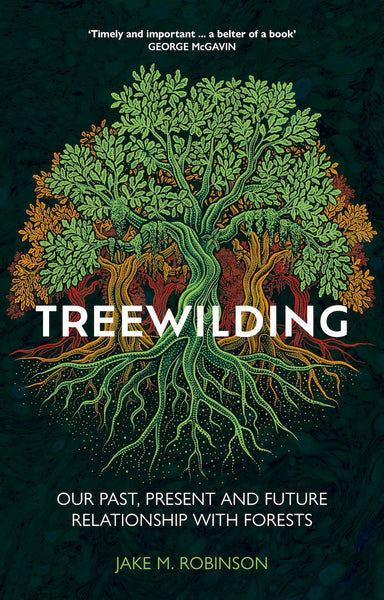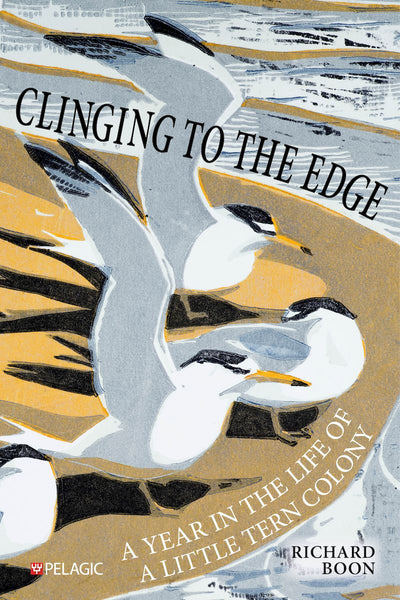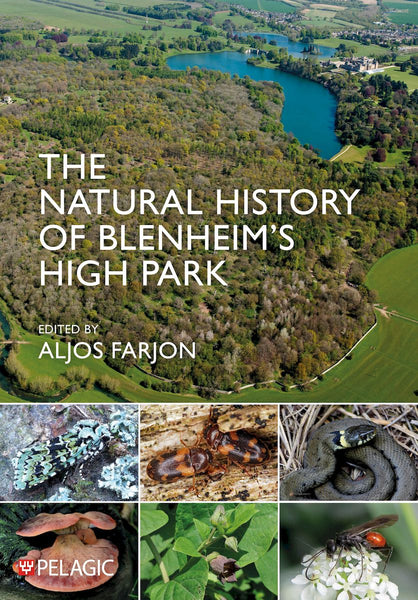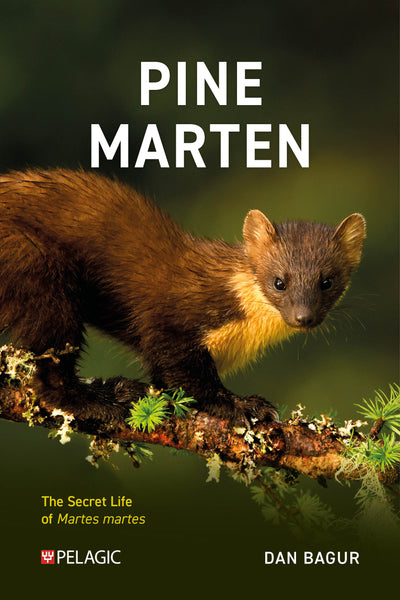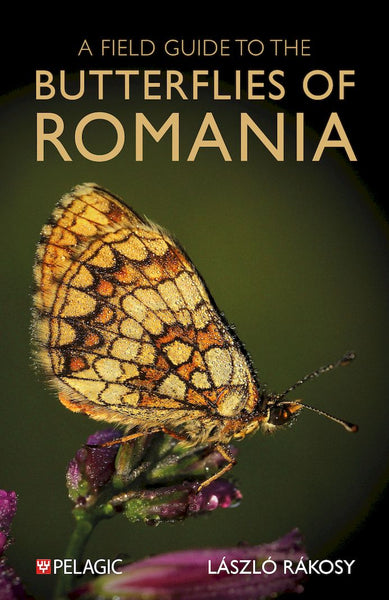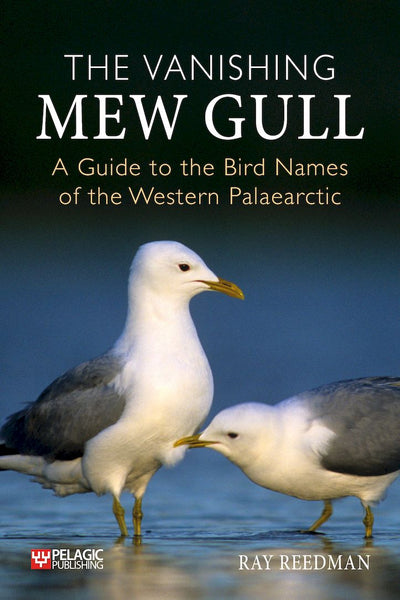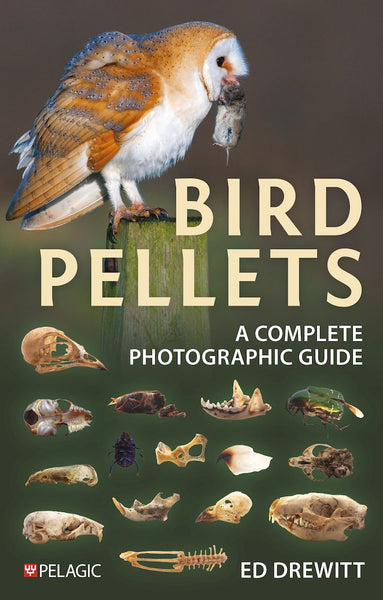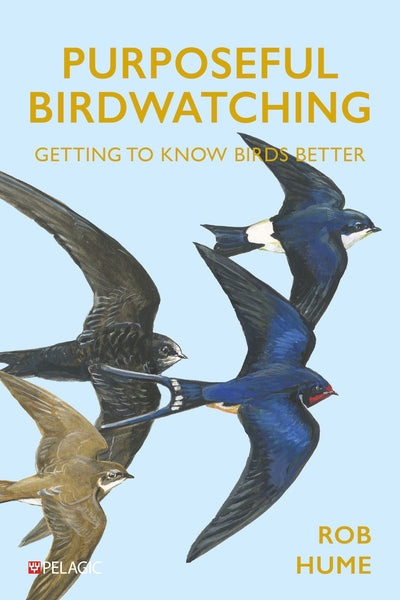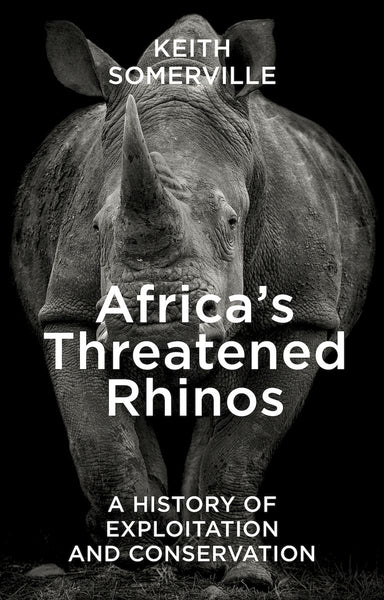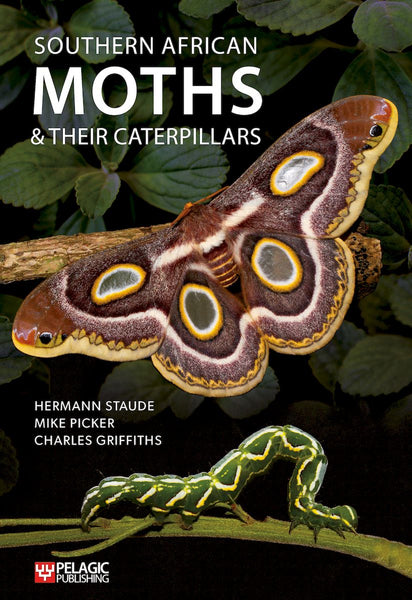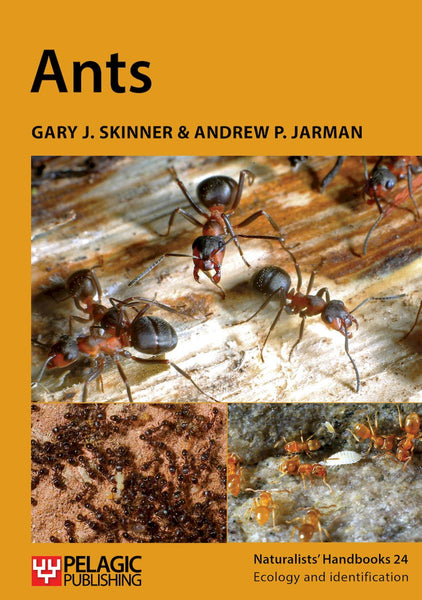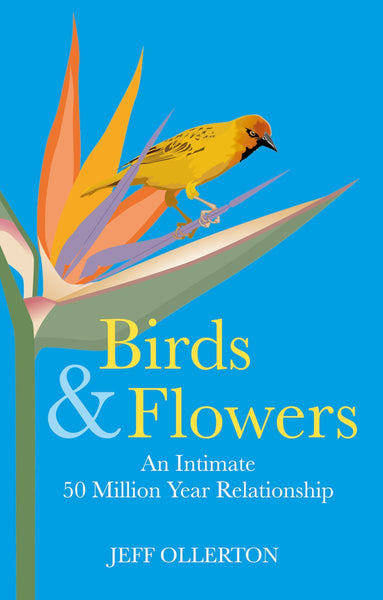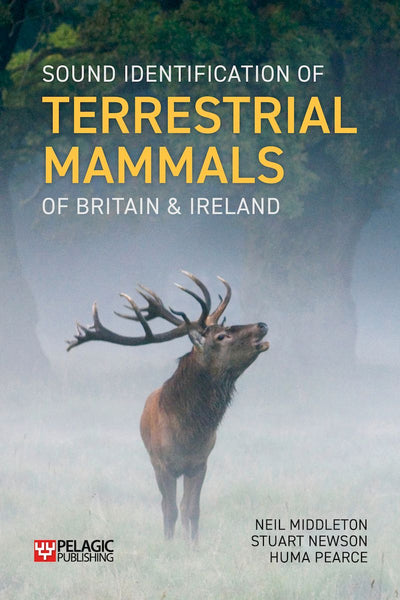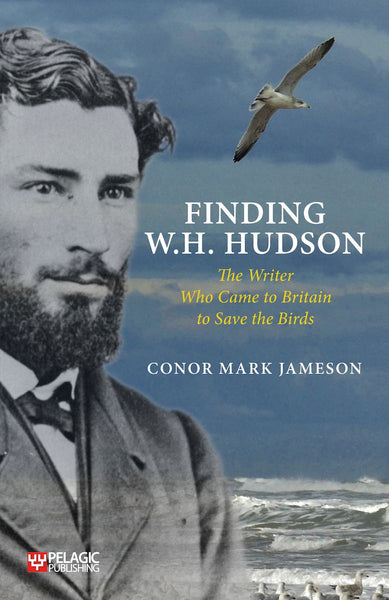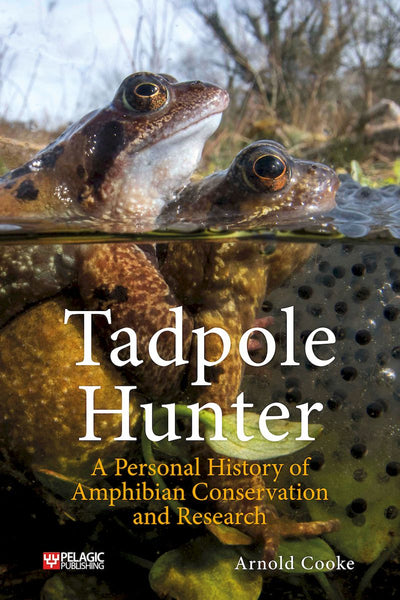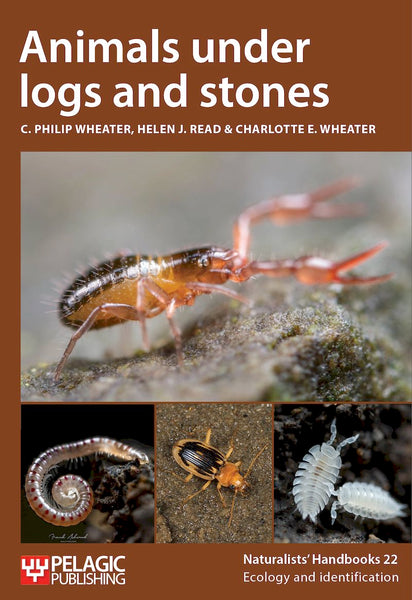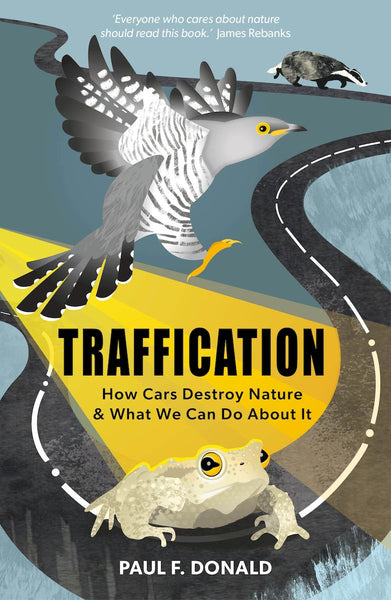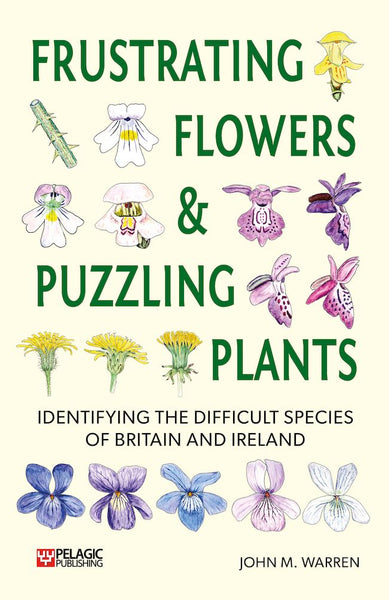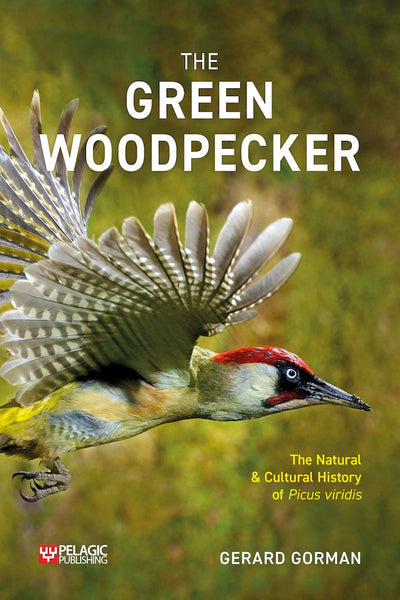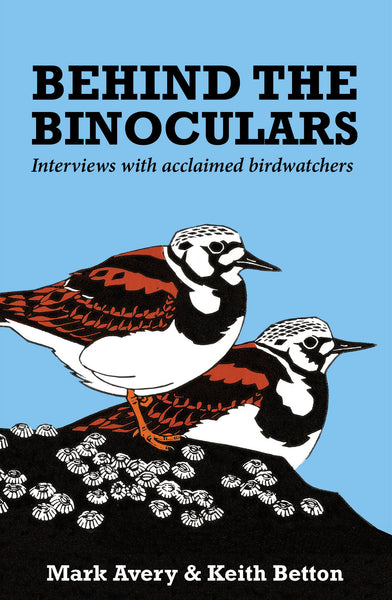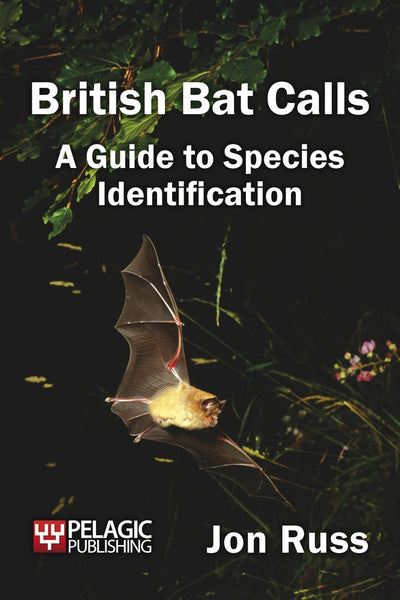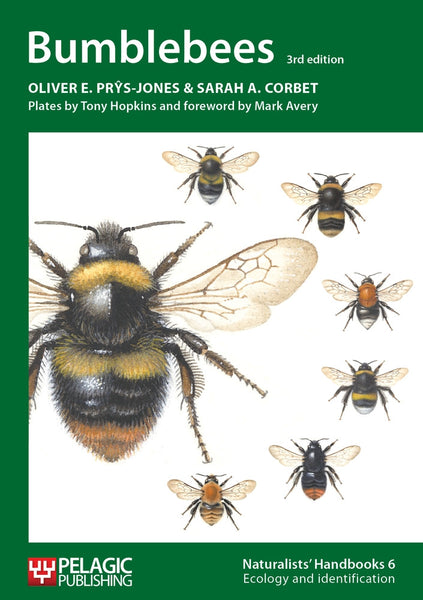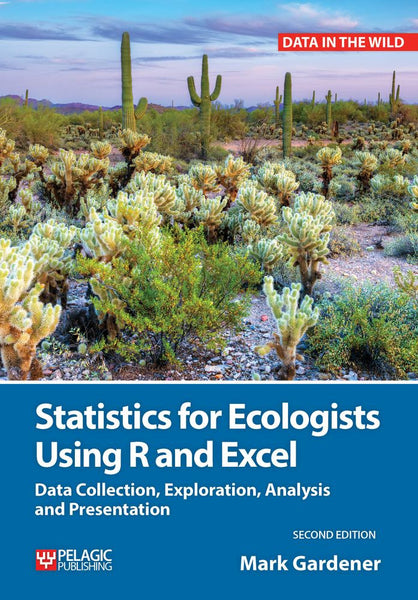Aljos Farjon talks to us about The Natural History of Blenheim's High Park.
Could you tell us a little about your background and how your fascination with ancient oaks began?
I am a botanist (78) trained at the University of Utrecht (RUU) in the Netherlands. Later, I conducted botanical surveys for local or provincial authorities there and assisted with research projects in the field for the university. As an ‘aside’ I developed an interest in conifers, which led to research and publication of conifer taxonomy as an associate researcher at the Department of Systematic Botany at the RUU. In 1993 I was asked to complete a publication in the series Flora Neotropica on the pines of Latin America at the University of Oxford. This again led to a permanent research post at the Royal Botanic Gardens, Kew and through my publications I became to be considered a world-leading expert in this group of trees (11 books and >100 papers) and also was given a leading role in conifer conservation with IUCN. Making England my adopted country, I discovered by chance its wealth of ancient oak trees. Once retired, I was made an Honorary Research Associate at RBG Kew, and now I could leave the conifers behind and pursue this new subject. Kew published my book Ancient Oaks in the English Landscape which became a bestseller (2 editions in 5 years so far).

What was the impetus behind The Natural History of Blenheim’s High Park?
In researching the oaks book I recorded all the large ancient oaks in High Park in the years 2014-2018 and this site turned out to be the ‘champion’ in England – and therefore Europe. Realising the exceptional biodiversity this ancient oak wood (a deer park since 1110) must contain, I convinced the Blenheim Estate to let me conduct a survey with volunteer specialists in the years 2017-2021.
The book contains contributions from a wide range of authors. How did you decide who to include?
Knowing next to nothing about invertebrates, I surfed the internet for specialist societies and their members. Many responded and, where possible, I looked up their names and what they had done or published. Recruiting was fairly easy; many were eager for the chance to investigate this well-known – but closed to the public – site.

Of your own contributions to the book, which did you most enjoy working on and why?
I like writing – having done so much of it – but perhaps Chapter 2 on the ancient oaks, not surprisingly, was my most enjoyable task. But other chapters to which I contributed were also good to do. The task of an editor with 28 other authors is less easy and there were times when I almost despaired, but of course I did not give up.
What was the most surprising thing you learned during your research?
The profound knowledge of natural history residing in many authors which made the book what it is. I may have led, but I very much feel that we did this together and I am amazed at the result!

Who is the target audience for The Natural History of Blenheim’s High Park?
Obviously, different people with an interest in different groups of organisms will find chapters of interest and other chapters perhaps less so. But I agree with Keith Kirby on the flyer for the book: “…this book will become a standard point of reference for tree and woodland ecologists.” There is much to read and learn beyond mere species accounts and I hope it will stimulate the undertaking of similar projects. There are many important sites with ancient oaks in this country and very few are well studied.
Learn more about The Natural History of Blenheim's High Park here.












